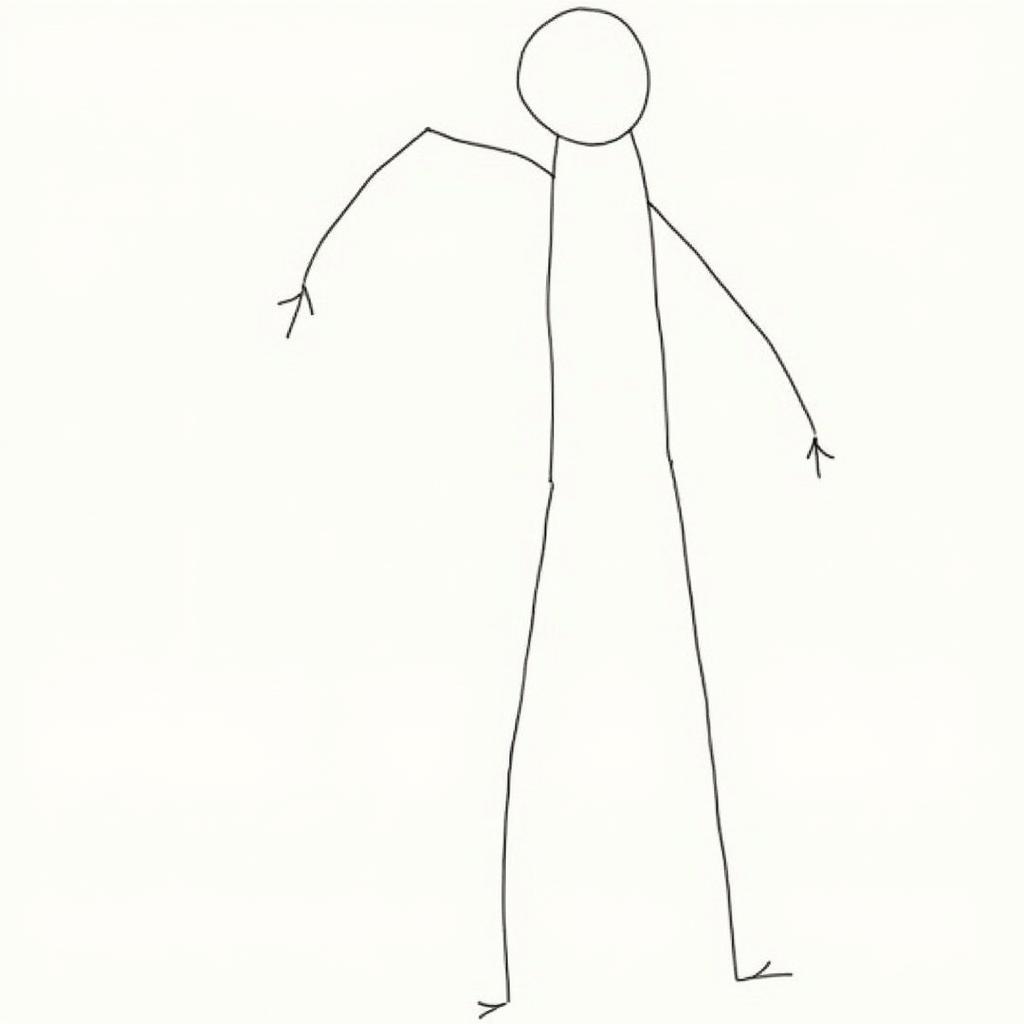Technical drawing, the universal language of engineers and designers, relies heavily on precise vocabulary. For Vietnamese speakers diving into the world of design, understanding the English equivalent of “bản vẽ thiết kế” is crucial. This comprehensive guide will equip you with the essential terminology, ensuring clear communication and successful design endeavors.
Deciphering “Bản Vẽ Thiết Kế”: Key Translations
“Bản vẽ thiết kế” directly translates to “technical drawing” or “design drawing” in English. However, the specific terminology can vary depending on the context and type of drawing. Let’s break down some common variations:
- Engineering Drawing: This term emphasizes the technical aspects, focusing on precise dimensions, tolerances, and manufacturing processes.
- Architectural Drawing: Used for buildings and structures, this term encompasses floor plans, elevations, sections, and details specific to architecture.
- Schematic Drawing: Represents components and their connections in a simplified, symbolic manner, often used in electronics and electrical engineering.
Essential English Vocabulary for Technical Drawings
To effectively communicate and interpret “bản vẽ thiết kế,” mastering essential vocabulary is paramount. Here are some fundamental terms:
- Line Types: Different line weights and styles convey specific information. For instance, “hidden lines” represent unseen edges, while “center lines” denote the center of a circle or axis of symmetry.
- Dimensions: Accurately conveying size and location is critical. Terms like “diameter,” “radius,” and “tolerance” are vital for precision.
- Views: Drawings typically depict objects from various angles. “Front view,” “side view,” and “top view” are essential for understanding the complete form.
Tips for Expanding Your Technical Drawing Lexicon
- Utilize Online Resources: Websites like EngineeringDrawingBasics.com and Autodesk’s knowledge base provide comprehensive glossaries and tutorials.
- Study Existing Drawings: Analyze technical drawings from reputable sources, paying attention to terminology and annotation styles.
- Practice, Practice, Practice: Regularly create and interpret technical drawings, using new vocabulary to solidify your understanding.
The Importance of Context in Technical Drawing Vocabulary
Remember, context is king! The meaning of “bản vẽ thiết kế” can shift slightly depending on the specific field of design. For example:
- Fashion Design: In this context, “bản vẽ thiết kế” might refer to fashion illustrations or technical sketches focusing on garment construction.
- Graphic Design: Here, it could indicate design layouts, website wireframes, or other visual communication tools.
Conclusion
Mastering the English equivalent of “bản vẽ thiết kế” unlocks a world of possibilities in design and engineering. By embracing the diverse vocabulary and understanding its context-specific nuances, you can confidently navigate the language of technical drawings. Keep practicing, and your journey in the world of design will be filled with clarity and precision.
FAQs about Technical Drawing Vocabulary
1. What’s the difference between “drawing” and “sketch” in a technical context?
While often used interchangeably, “drawing” typically implies a more precise and detailed representation, whereas “sketch” suggests a quicker, less formal illustration.
2. Are there any online dictionaries specifically for technical drawing terms?
Yes, several websites offer specialized dictionaries. You can find comprehensive glossaries on websites like Dictionary.com and Merriam-Webster.
3. How important is it to be familiar with both metric and imperial units in technical drawings?
Familiarity with both systems is crucial, as different industries and regions may utilize one or the other. Being able to convert between units ensures accurate interpretation.
4. What are some common abbreviations used in technical drawings?
Abbreviations are frequently used to save space and enhance clarity. Some examples include “DIA” for diameter, “R” for radius, and “TOL” for tolerance.
5. Are there any resources for learning about different national standards for technical drawings?
Yes, organizations like the International Organization for Standardization (ISO) and the American National Standards Institute (ANSI) publish standards and guidelines for technical drawings.
Need More Help With Your Design Journey?
For more guidance on technical drawing and other creative endeavors, check out these resources:
- Bản vẽ túi xách: Explore the art of handbag design through technical drawings.
- Bé đi học hình vẽ cartoon: Discover the world of cartoon drawing for beginners.
- Vẽ sơ đồ trong Word: Learn how to create professional diagrams using Microsoft Word.
Have questions about your specific design project? Contact us!
Phone: 02933878955
Email: lophocve@gmail.com
Address: QCRW+366, Vị Tân, Vị Thanh, Hậu Giang, Việt Nam
Our dedicated support team is available 24/7 to assist you.

